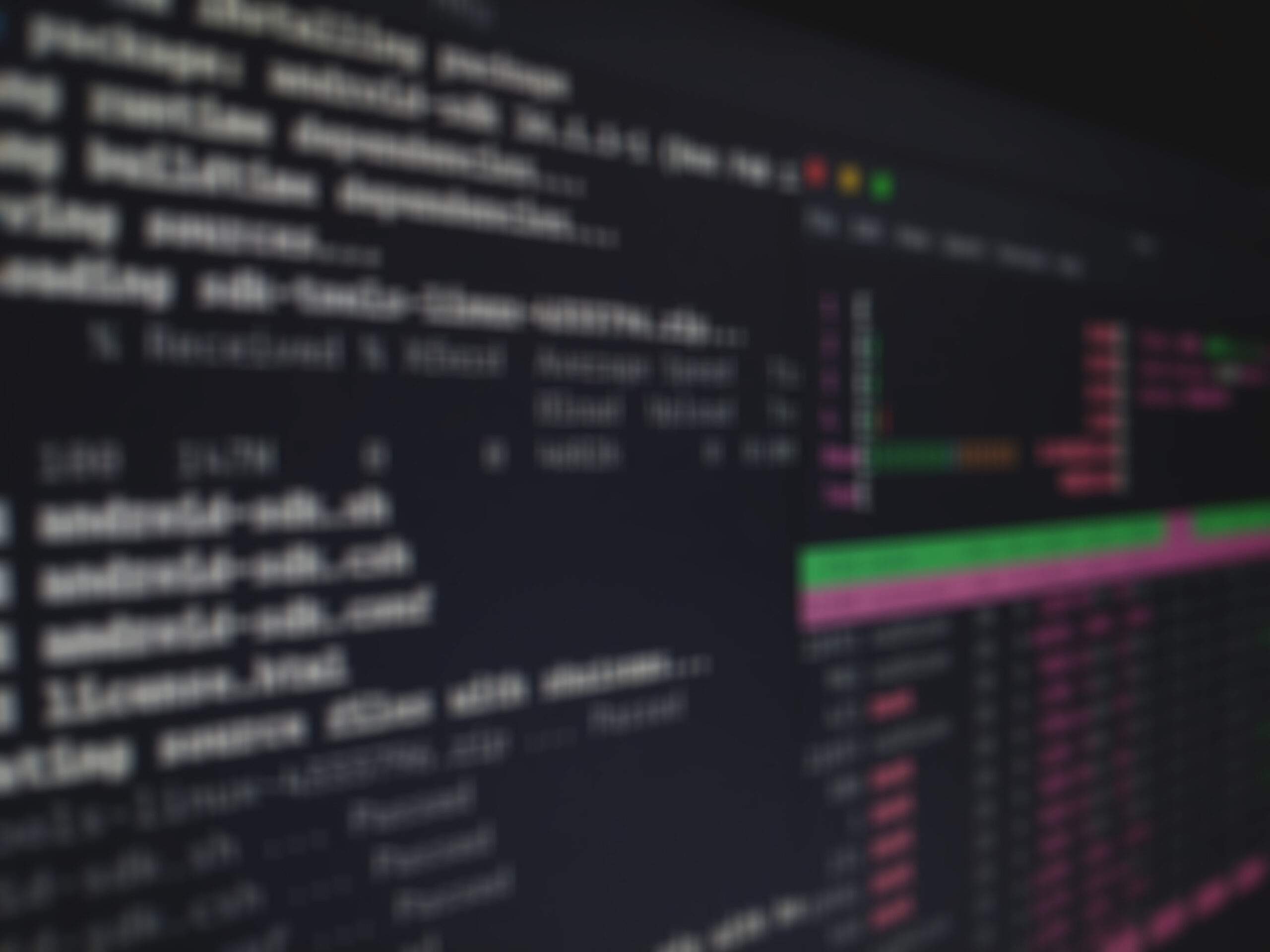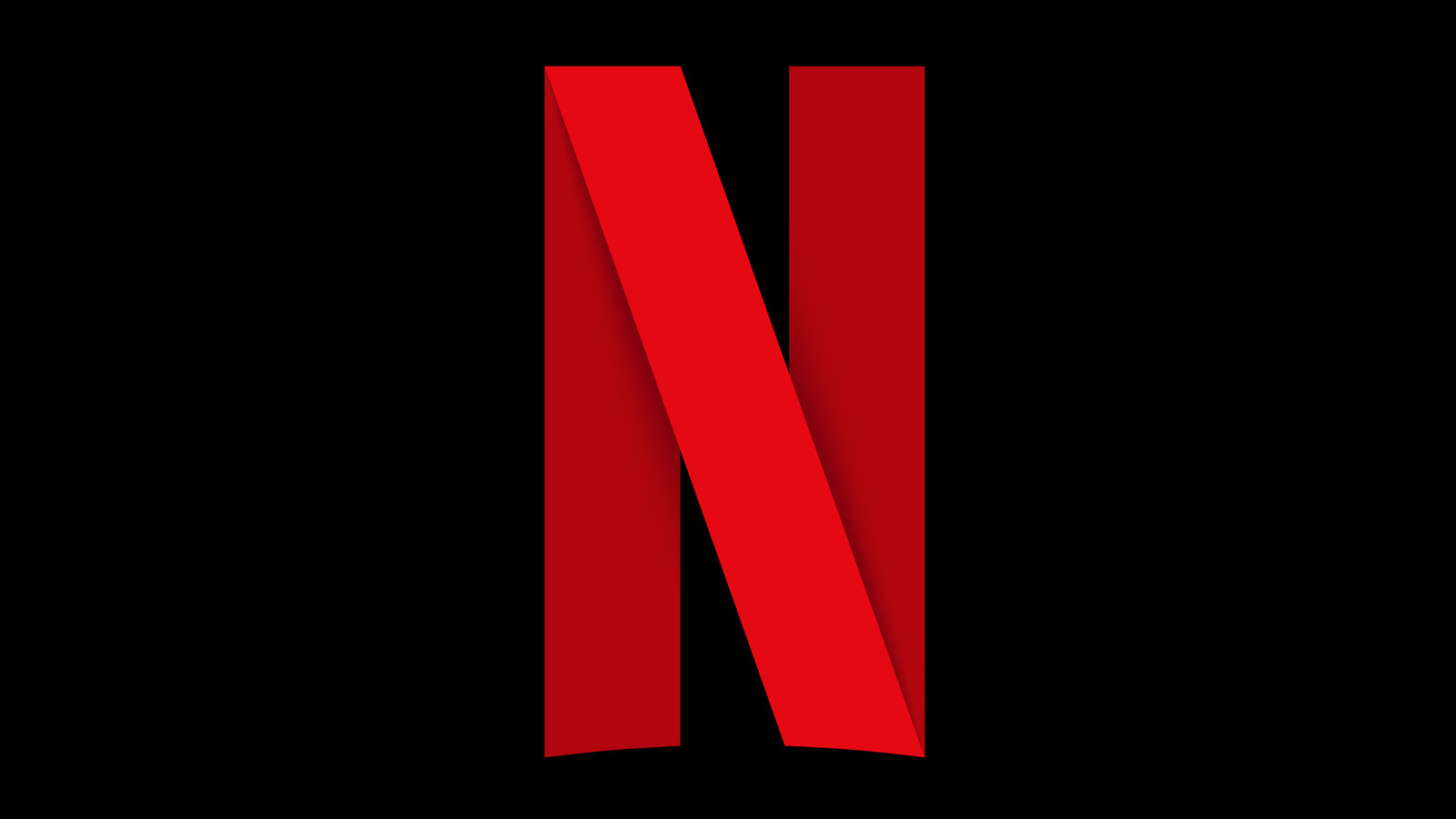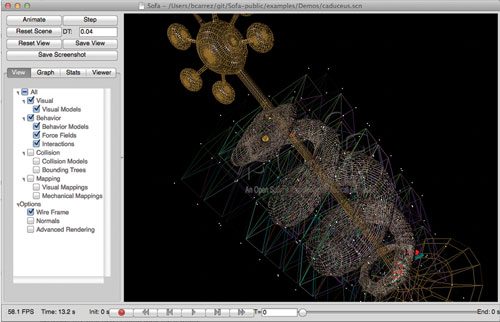VTK 6.1.0 Ready for Release
January 24, 2014
Kitware and the entire VTK team are happy to announce that VTK 6.1.0 is ready for release. VTK 6.1.0 fixes bugs and adds features on top of the more modular code structure of version 6.0. The source, data, and new vtkpython binary packages can be downloaded from VTK’s website. VTK continues to evolve to make […]

January 2014 Source: Recent Releases
January 20, 2014
ITK 4.5.0 Released The ITK 4.5 release is a major milestone that marks the hard work of many outstanding community members. Among the major contributions in this release are registrations computed with 32-bit floats, a new edition of the Software Guide, the first release of the wiki examples tarball, and the first release of the […]

CMake, CTest, and CDash at Netflix
January 20, 2014
At the Core Technologies team at Netflix, we develop the application framework and streaming engine used by millions of consumer electronics devices, game consoles, tablets, and phones. With such a diverse array of devices and platforms, we need to make sure our code is lightweight, standards compliant, and portable. As we also produce the SDK […]

ParaView 4.1.0 available for download
January 15, 2014
ParaView 4.1.0 is now available for download. With about 170 issues resolved, this release includes several bug fixes and feature enhancements. For a detailed list of issues resolved, refer to the change log. Some of the notable enhancements in this release are as follows: Redesigned Color Map Editor panel This release introduces a completely designed panel […]

Converting SOFA to CMake
January 15, 2014
A Little SOFA History SOFA is a software project created eight years ago to tackle a seemingly obvious but unaddressed issue: Many scientists and Ph.D. Students in the mechanical simulation field had to regularly reinvent the wheel. Collision detection, FEM simulation, and contact solver are some of the many common algorithms that have been rewritten […]

ClimatePipes: User-Friendly Data Access, Manipulation, Analysis & Visualization of Community Climate Models and Geospatial Datasets
January 9, 2014
Recently, we (Kitware & NYU Poly) presented ClimatePipes at the AGU Fall Meeting 2013 and received very positive feedback from the community. The overarching goals of ClimatePipes are: – Enable users to explore real-world questions related to climate change. – Provide open source tools for data access, analysis, and visualization. – Facilitate collaboration by enabling […]

The ITK Software Guide Reboot
January 8, 2014
Importance For quite some time, the ITK Software Guide has been an extremely valuable resource for those adventurers that wish to delve into the exciting world of medical image analysis. At over 700 pages, the Software Guide is a tome that many graduate students have held near and dear for its broad coverage of medical […]

Simplifying Using MPI with ParaView
January 6, 2014
Historically, the biggest barrier to using ParaView for most beginners is getting their data into ParaView. While ParaView supports a wide variety of file formats, new formats are created all the time. Additionally, existing formats may become popular enough that they warrant the development of customized readers in order to load the data into ParaView. […]

Detailed ITK 4.5 Release Features
January 6, 2014
This past month, ITK 4.5.0 was released! Below is the introduction, new documentation, and new features sections of the release notes. Introduction The 4.5 release is a major milestone that marks the hard work of many outstanding community members. Among the major contributions in this release are registrations computed with 32-bit floats, a new edition […]

Avogadro 2 0.7.2 Released
December 23, 2013
We are pleased to announce the release of version 0.7.2 of the Avogadro 2 application and libraries. The new version’s source and binaries are available on our website or on SourceForge. The release features a few bug fixes after the recent 0.7.1 release, such as a Python interpreter path path fix, and some improvements with […]

matplotlib View coming in ParaView 4.1
December 16, 2013
matplotlib is a Python module that can be used to make publication-quality plots. We have recently integrated matplotlib into ParaView as a new type of view called a “Python View”. This new view will be available in the ParaView 4.1 release. Below is a screenshot of the new Python View (right) next to a 3D rendering […]

Avogadro 2 0.7.0 Release
December 2, 2013
We are pleased to announce the release of version 0.7.0 of the Avogadro 2 application and libraries. The new version’s source and binaries are available on our website or on SourceForge. The release features a number of enhancements to the application and libraries including support for text rendering, a measurement tool, bond-centric manipulation of the […]

FARSIGHT Presentation at EuBIAS
October 8, 2013
Congratulations to our collaborators at the University of Houston, Cullen College of Engineering. Dr. Nicholas Rey, a member of Dr. Badri Roysam’s lab at the University of Houston, is presenting their FARSIGHT toolkit at the European BioImage Analysis Symposium (EuBIAS), Barcelona, Oct 7-11. FARSIGHT is a popular toolkit for medical image analysis, particularly for neuronal […]

Raspberry Pi likes its Camera
October 8, 2013
Index To the Series 1. Raspberery Pi likes Open Source 2. Cross-Compiling for Raspberry Pi 3. Cross-Compiling ITK for Raspberry Pi 4. Raspberry Pi likes VTK 5. Raspberry Pi likes Node.js Following on our series exploring the use of the Raspberry Pi, Here we describe how to use Pi Camera. First: The Hardware […]

October 2013 Source: Recent Releases
October 8, 2013
VeloView 1.0 Released In September, Kitware and Velodyne LiDAR released VeloView 1.0, an open-source application designed for real-time, 3D visualization and analysis of point cloud data generated by Velodyne’s 3D LiDAR sensors HDL-32E and HDL-64E. The application provides an easy-to-use tool for visualization and processing of Velodyne’s data-rich, 3D LiDAR sensors, supporting live sensor streams […]

It is becoming increasingly difficult to efficiently leverage supercomputers for computational research. There are a variety of factors contributing to this: more concurrency, heterogeneous processing units, relative slow-down of memory bandwidth, and file IO to processing power, etc. This corresponds to a large increase in our ability to crunch numbers with a small increase in […]

Laparoscopic surgery is a minimally invasive surgical approach in which instruments are passed through ports placed at small incisions. Typically, a surgeon will use her own medical intuition and external landmarks on the patient to select the placement of the surgical ports through which to pass the surgical instruments. However, this port selection strategy can […]

Visualization, Analysis, and Workflows Over the Web for Geosciences Using UVCDAT, VTK, and VisTrails
October 8, 2013
Kitware and NYU-Poly have been working together on the development of open-source tools and libraries to make it easier for developers to provide sophisticated, interactive geoinformatics over the web. Kitware and NYU-Poly, along with help from climate scientists from National Labs and NASA, are collaborating on ClimatePipes [1] project, the goal of which is to […]
